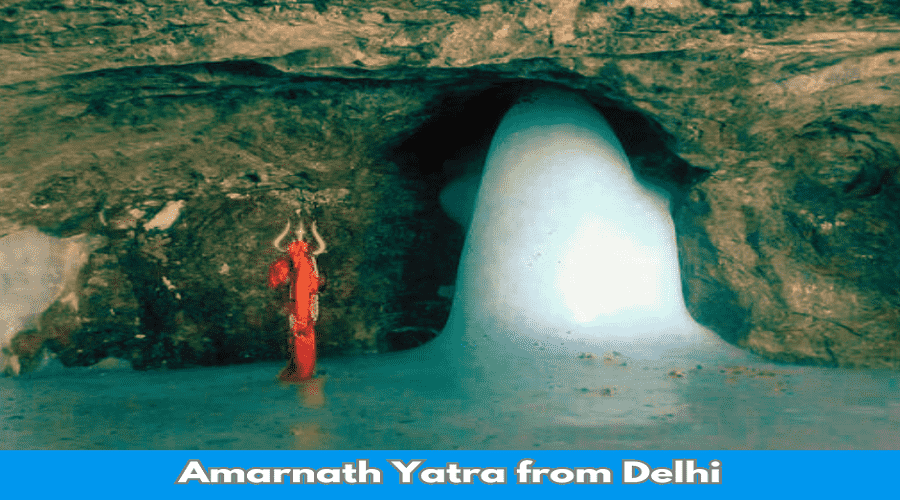1. Registration Form: Pilgrims need to fill out a registration form provided by the Shri Amarnathji Shrine Board (SASB) or designated authorities.
2. Compulsory Health Certificate: A health certificate issued by an authorized doctor indicating that the pilgrim is fit to undertake the Yatra. The health certificate must be issued within a specified time frame (usually within the last 30 days before the Yatra).
3. Identity Proof: A valid government-issued photo ID proof such as Aadhaar card, passport, voter ID, or PAN card.
4. Yatra Permit :After registration and health check-up, pilgrims are issued a Yatra Permit, which is essential for entry to the Amarnath Cave.
5. Travel Tickets: Pilgrims need to carry their travel tickets (flight, train, or bus tickets) to and from the base camp.
6. Photographs: Carry several passport-size photographs for registration and travel purposes.
7. Emergency Contact Information: It is advisable to carry a list of emergency contact numbers and details.
8. Personal Medications: If you have specific medical conditions, carry an adequate supply of necessary medications.
9. Additional Permits: Depending on the route and mode of transport (pony, helicopter), additional permits or tickets may be required.
Ensure that all documents are valid, up-to-date, and carried in a secure and easily accessible manner during the Yatra.

